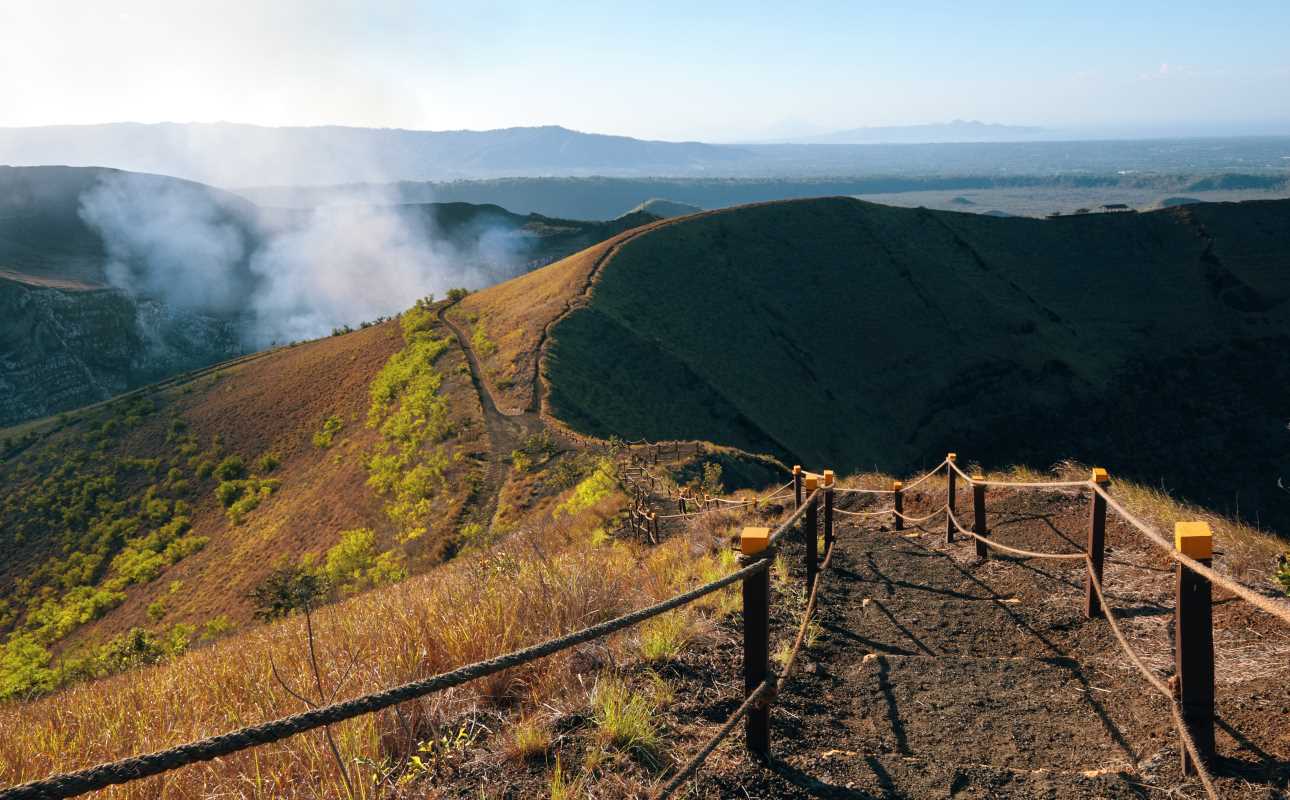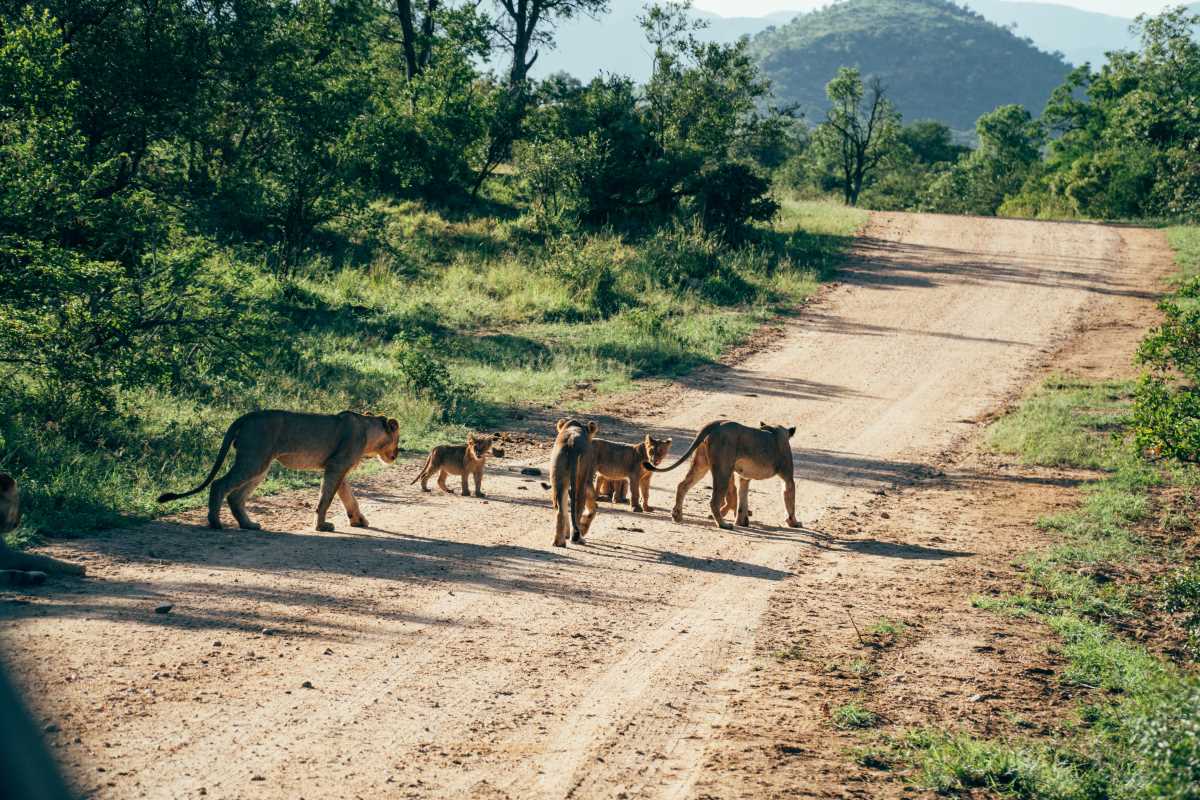Wild creatures move through their natural habitats, creating a sense of wonder with every subtle movement in the leaves. Each moment spent observing them feels intimate and unique, allowing you to appreciate the beauty and complexity of the environment. Rather than simply taking quick photographs, you engage deeply with the surroundings and become a respectful visitor in the animals’ world. This approach encourages a slower pace, where you choose calm over crowds, enjoy the freedom of open time instead of rushing, and focus on forming genuine connections with nature instead of chasing brief encounters. These choices make each experience more memorable and rewarding.
This story unfolds in landscapes that balance human curiosity with animal comfort. You will discover how small behaviors—like adjusting your footsteps or syncing visits with local ranger schedules—change typical park trips into deep encounters. By the end, you will see why a mindful approach to nature feels more rewarding than any checklist of attractions.
New Ways to Look at Wildlife Adventures
Wildlife tourism often feels like ticking off a bucket list: spotting a bear cub here or a herd of bison there. But when you treat each sighting as an invitation rather than a conquest, you develop genuine curiosity. You lean in, notice subtle calls and forest patterns, and build a connection that lasts long after you leave the trailhead.
Try slowing your pace by letting ambient sounds guide you. Watching a nesting pair of eagles or hearing a distant howler monkey transforms from a photo opportunity into a moment rooted in mutual respect. This approach breaks down the barrier between observer and observed, turning a vacation into a shared habitat exploration.
The Top 10 Parks That Prioritize Wildlife
- Yellowstone National Park (Wyoming/Montana/Idaho, USA)
- Unique feature: Geysers and diverse biomes with elk migrations through Hayden Valley.
- Access: Campground passes via rolling lottery; midweek early-season slots are easiest.
- Wildlife tip: Park quietly at Bridge Bay, then walk downstream for otters at dawn.
- Kruger National Park (South Africa)
- Unique feature: Savannah with mosaic tree habitats and rare antelope.
- Access: Self-drive permits limit vehicles per zone; book three months ahead.
- Wildlife tip: Visit S100 near Orpen to spot sable antelope and crouch at sunrise waterholes for leopards.
- Banff National Park (Alberta, Canada)
- Unique feature: Alpine lakes and spruce forests with roaming mountain goats.
- Access: Free entry to Icefields Parkway; timed reservations required for Lake Louise.
- Wildlife tip: Head to Vermilion Lakes at sunrise for moose grazing along reflective waters.
- Galápagos National Park (Ecuador)
- Unique feature: Volcanic islands with fearless wildlife, penguins, and marine iguanas.
- Access: Land excursions capped at 16 people with certified naturalist guides.
- Wildlife tip: Snorkel off Bartolomé to swim with penguins; watch iguanas bask midday on lava rocks.
- Serengeti National Park (Tanzania)
- Unique feature: Vast plains with iconic wildebeest migrations.
- Access: Vehicle quotas in the northern corridor; no night drives allowed.
- Wildlife tip: Visit Seronera Valley in afternoon light for cheetah hunts; take dawn balloon rides for pride sightings.
- Jasper National Park (Alberta, Canada)
- Unique feature: Dark-sky reserve with glaciers, pine trails, and elk herds.
- Access: Rockies passes limit traffic on Highway 93 for quieter drives.
- Wildlife tip: Spot bighorn sheep at Sunwapta Falls; book stargazing tours at Pyramid Lake for elk silhouettes under meteor showers.
- Fiordland National Park (New Zealand)
- Unique feature: Dramatic fjords where seals haul out and penguins return home.
- Access: Water taxi permits regulate Milford and Doubtful Sound; small-group cruises only.
- Wildlife tip: Pause at Harrison Cove for kelp snorkels; bring a bamboo walking stick to tread softly near grebes.
- Corcovado National Park (Costa Rica)
- Unique feature: Rainforest ecosystem home to tapirs, macaws, and peccary herds.
- Access: Strict daily visitor caps; guided multi-day treks recommended.
- Wildlife tip: Hike Sirena Station trails at dawn to see macaws; wear rubber-soled shoes to move quietly past peccaries.
- Yellowstone to Yukon Conservation Area (Canada/Alaska)
- Unique feature: Cross-border wildlife corridor supporting grizzlies and caribou.
- Access: Wilderness permits require detailed plans 72 hours before entry.
- Wildlife tip: Track migrating caribou with a satellite locator; camp near alpine tarns where animals gather at twilight.
- Chitwan National Park (Nepal)
- Unique feature: Subtropical plains with endangered one-horned rhinos.
- Access: Elephant-back safaris book up quickly in winter.
- Wildlife tip: Approach rhino wallows at sunrise for mud baths; keep a brush handy to clear lenses without alarming nearby deer.
Exploring these protected areas changes your role from a casual visitor to a responsible caretaker. Each park’s way of managing wildlife encounters offers you the chance to observe animal behaviors in ways that reward patience more than haste. You will return with stories rooted in respectful observation and a fresh appreciation for subtle interactions.
Careful preparation makes every journey both enjoyable and educational. Let’s continue exploring with curiosity and respect for all creatures.







